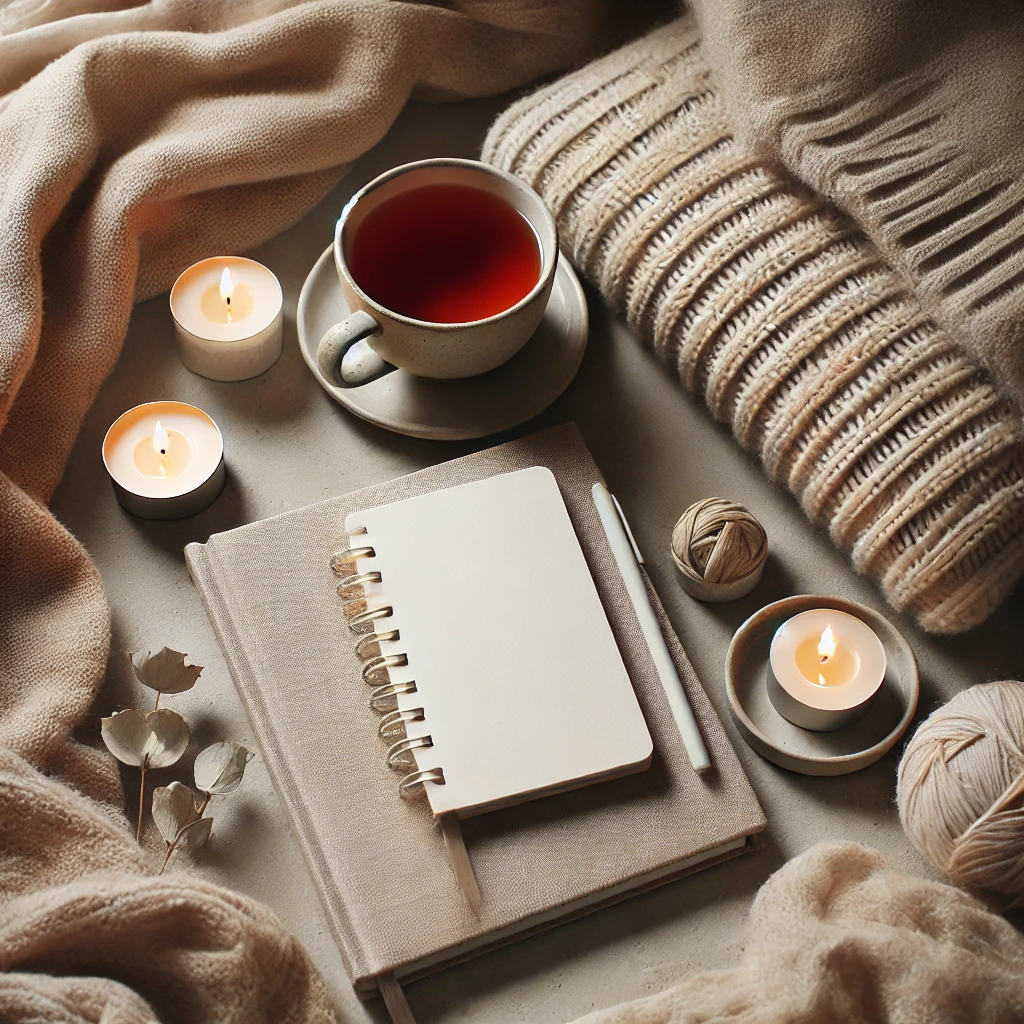Let’s talk about something that’s been popping up a lot lately: the “soft life” movement. If you’re active on social media, you’ve probably seen influencers and everyday women embracing this lifestyle. It’s all about ease, luxury, and rejecting hustle culture. On the surface, it looks amazing—lavish vacations, slow mornings with coffee, and a life that feels intentional. But here’s the thing: not everyone’s on board. Some see the soft life as empowering, while others think it’s holding women back.
So, is the soft life the ultimate win for women in 2025, or does it need a second look? Let’s break it down together.
What Is the “Soft Life” Anyway?
Cozy Winter Tea Time.
To me, the soft life feels like a rebellion against everything we were taught growing up. Remember the days of hearing things like, “You have to work twice as hard to succeed,” or “Hustle now, rest later”? The soft life flips that on its head. It’s about prioritizing self-care, embracing balance, and saying no to burnout culture.
You’ll often see the soft life celebrated through things like:
- Luxurious spa days or vacations.
- Working just enough to maintain financial stability without overworking.
- Saying no to stressful situations and prioritizing peace of mind.
But here’s where it gets tricky: not everyone has the privilege to just “opt out” of hustle culture. And for some, ambition and drive are part of what makes life fulfilling. So where’s the line?
Why Some Women Find the Soft Life Empowering
concept of serenity in the morning
I get it. The idea of stepping away from constant busyness is so appealing. For years, I lived on the edge of burnout, juggling a million things because I thought that’s what success looked like. The soft life challenges that narrative.
- Self-Care is Strength: When I started putting my health first, everything else fell into place. Prioritizing mental and physical well-being doesn’t make you lazy; it makes you capable of showing up better for the things you care about.
- Breaking the Hustle Trap: Hustle culture had me believing I wasn’t doing enough, even when I was exhausted. The soft life reminds us that we don’t need to prove our worth through overwork.
- More Time for Joy: Whether it’s spending time with family, pursuing hobbies, or just slowing down, choosing balance creates space for the things that truly matter.
These shifts aren’t just trendy; they’re necessary for many of us to thrive. If you’re curious about embracing balance, you might enjoy reading “How to Navigate Midlife Reinvention”.
The Flip Side: Is the Soft Life Holding Women Back?
Now, let’s be real. Not everyone is cheering for the soft life. Some critics argue that it’s a slippery slope toward complacency. I’ve heard people say things like:
- “If you’re not hustling, you’re falling behind.”
- “Luxury lifestyles aren’t realistic for the average woman.”
- “The soft life discourages ambition.”
And I get it. I’ve felt that internal tug-of-war between wanting to relax and feeling like I should be “doing more.”
One of the biggest criticisms is that the soft life can’t exist without privilege. After all, taking a step back from work often requires financial stability or a partner’s support. For women already facing economic hardships or systemic barriers, the soft life might feel out of reach—and that’s a valid critique.
Can Women Have Both?
Young beautiful woman holding macaroons pastry in her hands, over trendy colored background at studio.
Here’s what I think: It’s not an either-or situation. You don’t have to choose between embracing ease and pursuing ambition. You can have both. The key is balance.
For me, it looks like setting boundaries around work. I’ll hustle during focused blocks of time, but I’ve stopped answering emails at 10 PM. I’ve also learned to ask for help when I need it—whether that’s outsourcing tasks or leaning on my support system.
If you’re looking for ways to find that balance, check out “Prioritizing Self-Care Without Losing Ambition”.
The Cultural and Generational Divide
One thing I’ve noticed is how differently generations view this debate. Gen Z seems to fully embrace the soft life, while some Millennials (myself included) feel a bit torn. And don’t get me started on older generations—many of them see the soft life as outright laziness. But honestly, isn’t this just another reflection of how times are changing?
Cultural differences also play a huge role. In some communities, the idea of “taking it easy” is frowned upon because hard work is tied to survival and pride. These perspectives are worth considering when we talk about what empowerment looks like.
Final Thoughts
At the end of the day, the soft life is what you make of it. For some, it’s a lifeline—a way to reclaim peace in a chaotic world. For others, it’s a concept that needs more nuance. Personally, I think we need to stop debating whether the soft life is “good” or “bad” and start asking: What does success look like for me?
So, what do you think? Is the soft life a step forward for women, or does it need rethinking? Let’s keep the conversation going in the comments. And if you’re looking for more inspiration, don’t miss “Breaking Free from Hustle Culture”.
That’s it for now, but I’d love to hear your thoughts. Does the soft life resonate with you, or do you think it’s missing the mark?
